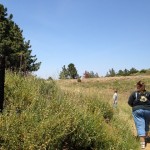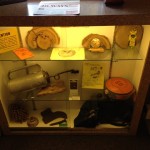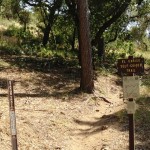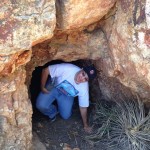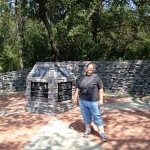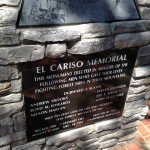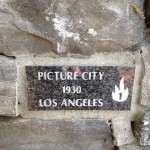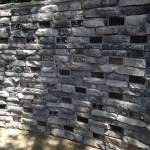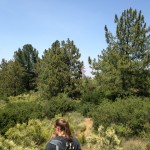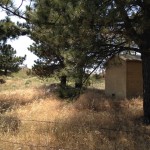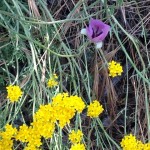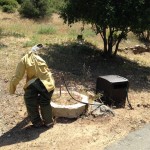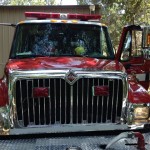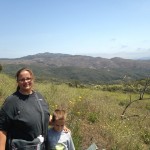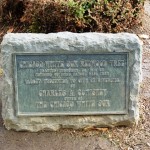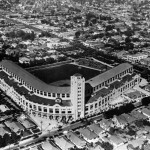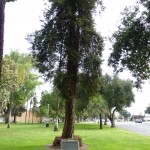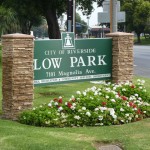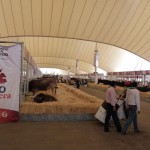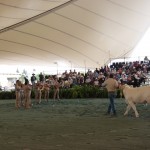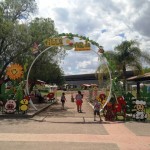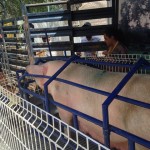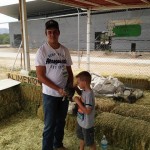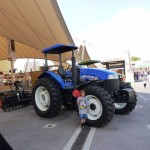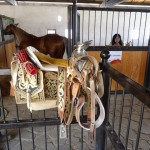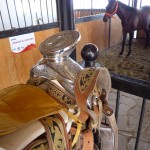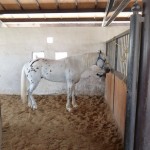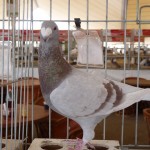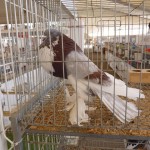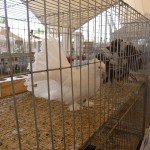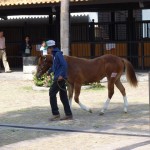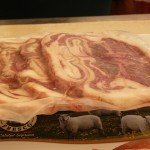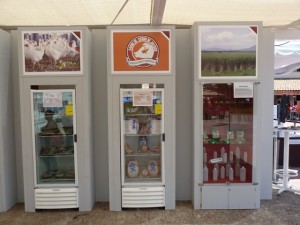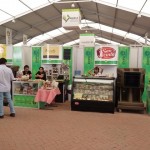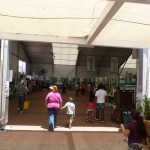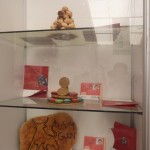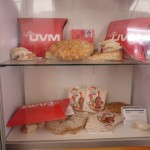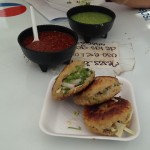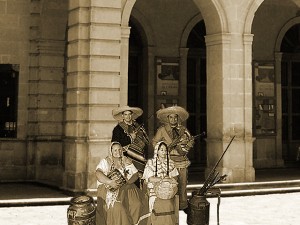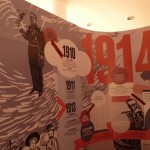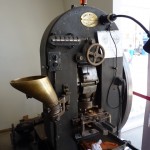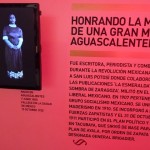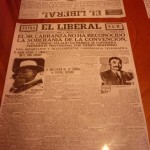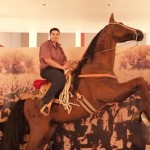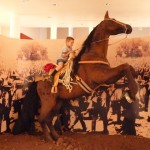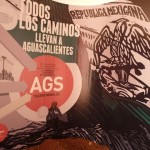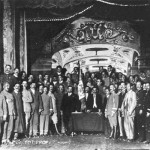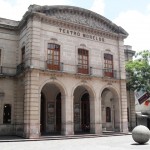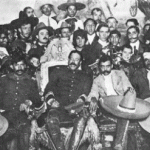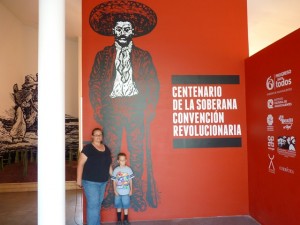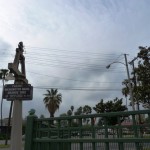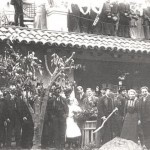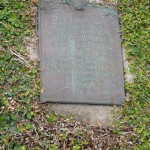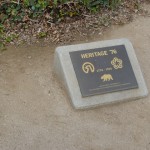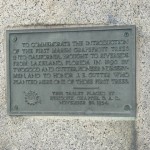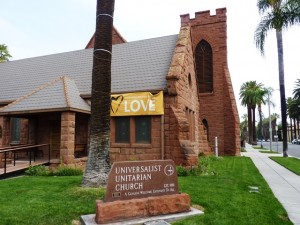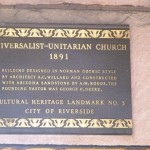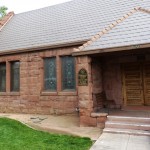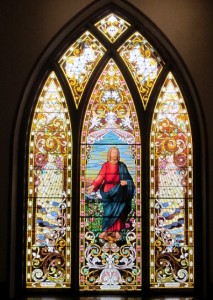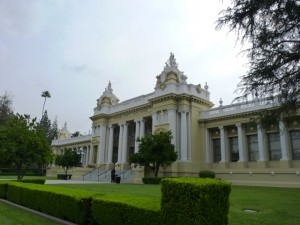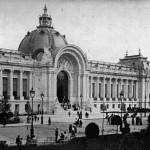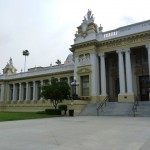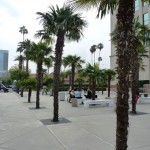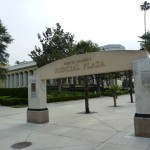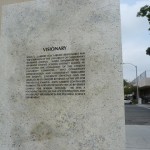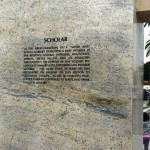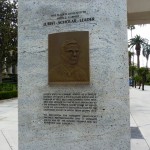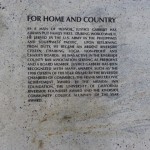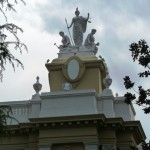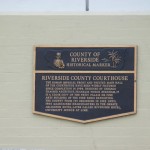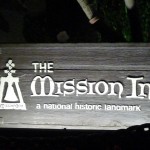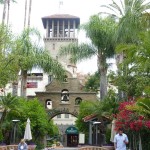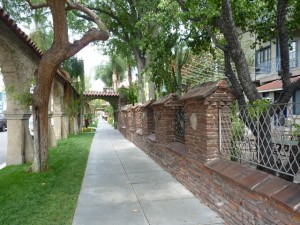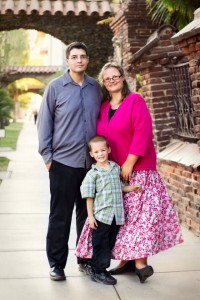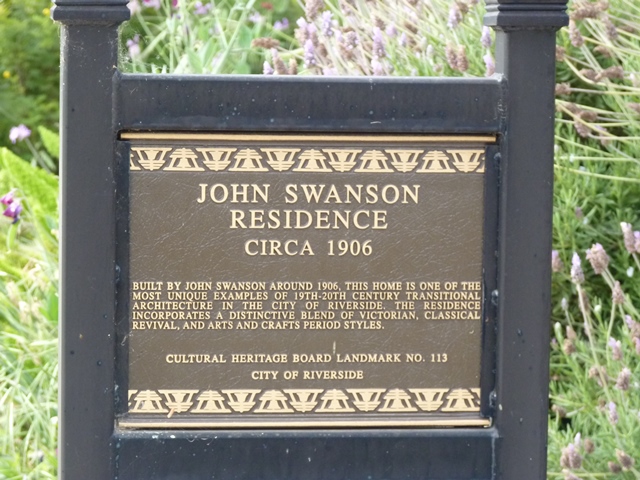Total Distance: 1.3 Miles (1.5 if you go to the Firefighters Memorial)
Difficulty: Easy (slight elevation gains, dirt path)
Address: 32353 Ortega Highway Elsinore, CA 92530
Cost: $5 parking or Adventure Pass
Usually when there is a lack of people that is a bad thing, but when it comes to nature it is a good thing. The trail was very short (only 1.5 miles), but it was interesting as it had lots of outlook views on to the different valleys, an abandoned mine, and a few pine trees. Every so often there were interpretive signs along the way to point out highlights.
- This cougar was illegally poached about 19 years ago and stuffed by the wild life service and put on display to talk about the local animals.
- This display at the visitor center talks about how even though trees can recover after a wild fire, the wood gets permanently damaged.
- The trail starts right behind the visitor center.
- Along the way there was a mining cave. I went to take a peak. Just inside there are metal bars prohibiting entrance into the mine.
- Denise at the El Cariso Memorial.
- The El Cariso Memorial is dedicated to those who lost their lives fighting wilderness fires.
- This plaque for the 1930 Picture City fire was the oldest fire we could see on the wall.
- The wall behind the memorial has little plaques honoring those who died in wild fires.
- The pine trees in this section are not native to the area and were planted by the Girl Scouts.
- These buildings were made by the CCC and held explosive material for building the roads.
- There were lots of pretty flowers along the trail to look at.
- Looks like some firefighters had a little too much fun with their hoses.
- A shiny red engine at the fire station.
- The trail had a lot of nice outlooks.
For us it was a nice way to spend the afternoon. It was a very relaxing quick hike for our family. My son is 6 and he did the whole trail in sandals. I would not recommend this as some parts can get slippery (I slipped once on some gravel) and I also recommend to wear pants that cover your ankles because there are some parts of the trail that get narrow and there are plants that have various briars (sticky things).

